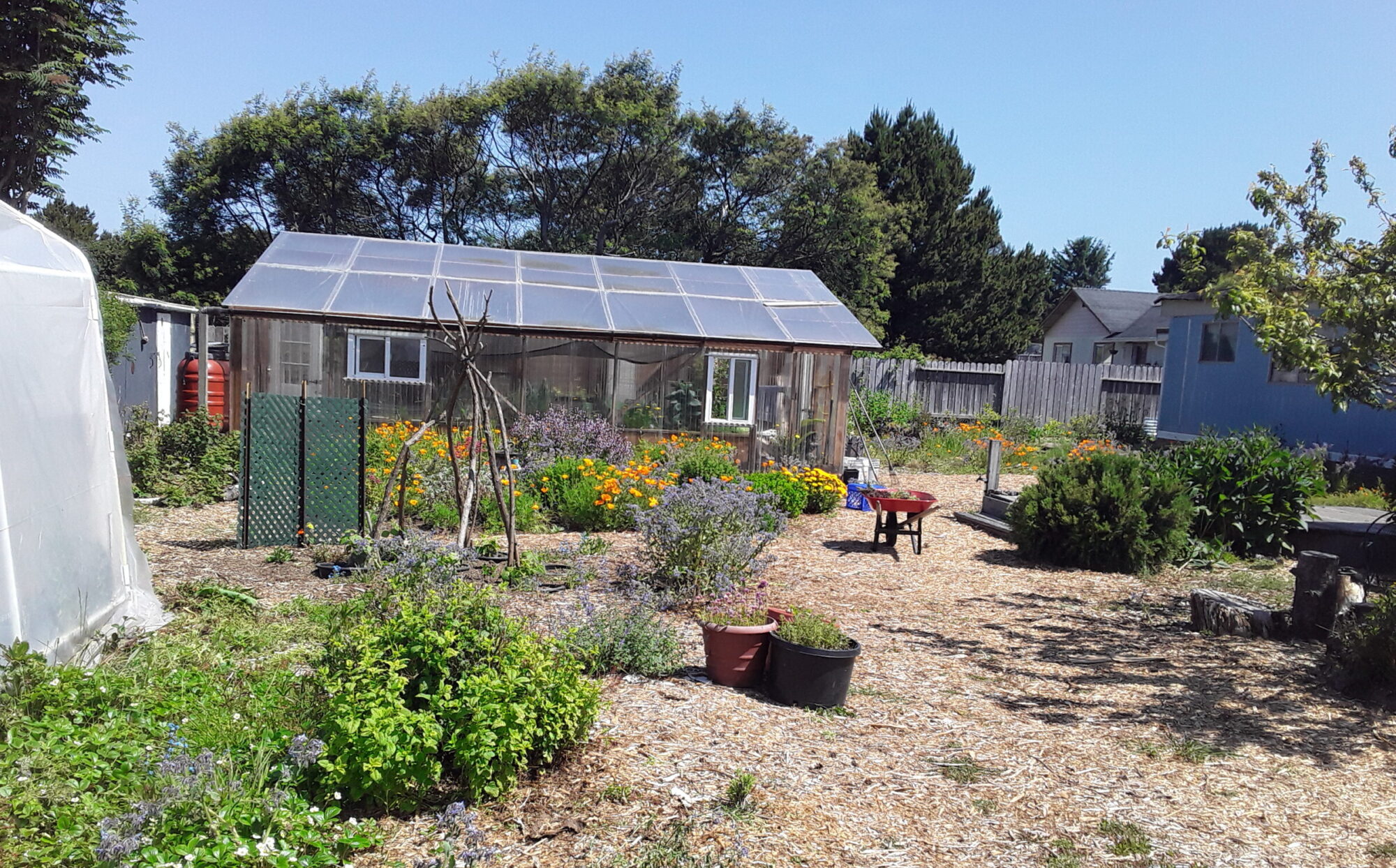
A helicopter heading north flew over the house on a lovely afternoon in late December. Within minutes, the phone rang. A neighbor was calling to ask if Maureen or her partner, Stephen, had heard about a fire. They hadn’t. Today of all days, Maureen had forgotten to check for a fire ban, something she normally did first thing in the morning during the summer. Quickly she booted her computer and sure enough, a total ban had been declared hours earlier. According to reports, the bush had exploded in an area not far away.
I looked to the sky, but saw no smoke, nothing to suggest an ominous force of nature was headed our way. But we were strangers to this part of the world, my husband and I having been there for only about a week as WWOOFers with Willing Workers On Organic Farms.
Maureen and Stephen informed us they planned to stay. They said because of fire’s erratic movements, choosing not to evacuate was the safest choice. Stephen added that most people killed in bushfires die in car crashes because of panic. I believed them even though instinct told me to run.
Not knowing how big a fire we faced, Maureen and Stephen assumed the worst and we began the mitigation process.
Maureen watered the gardens near the house while we checked water levels in 10-gallon jugs spaced several feet apart, in rows across the property. If fire came, the jugs would burst, dousing the flames. As I looked at them, the jugs took on new meaning. They were our first line of defense, short squat soldiers poised to perish in order to save the house.
I turned to see Stephen climbing quickly up a ladder leaning against a barn-like building that housed his artist studio. He yelled for us to turn on the garden hose and hand it up to him. As he worked, he explained he was plugging the rain gutters and filling them with water because flying embers were the primary way buildings catch fire. After we were done with that, he sent us off to do the same to his house. On our way, we passed a sprinkler rotating back and forth, sending jets of water into nearby trees and shrubs. How many times as a child had I jumped through an identical sprinkler? This symbol of childhood and lazy summer days took on a dreadful new meaning. The image stayed with me, haunting my thoughts.
I’m not afraid of heights, but as I climbed the ladder leaning against Stephen’s modest two-story home, my stomach tightened and I hoped lugging the hose up with me wouldn’t push the ladder away from the building. I hadn’t dreamed I would be caught in the middle of something like this and didn’t want to think about what might happen.
We shuttered the windows and placed buckets of water and mops in front of them. When the time came, they would be used to wet down the shutters. Finally, we filled every available bucket with water and placed them around the house perimeter for use in dousing flames.
With our help, Maureen and Stephen did their part to protect their home that December afternoon, but many of their neighbors had not. They, like most Americans, expected to evacuate. Maureen and Stephen were on their own, following their motto: The only way to save your house is to stand your ground.
Fortunately for us, the fire that day proved to be small and was extinguished without much fuss. But it offered us a taste of what people living in Australia’s bush live with every summer.
Maureen, who has owned the property for some 20 years, admits she has grown weary of the threat. As she looks to retirement she’ll consider relocating to a smaller place closer in, out of the bush and its fast-moving companion, bushfire.


